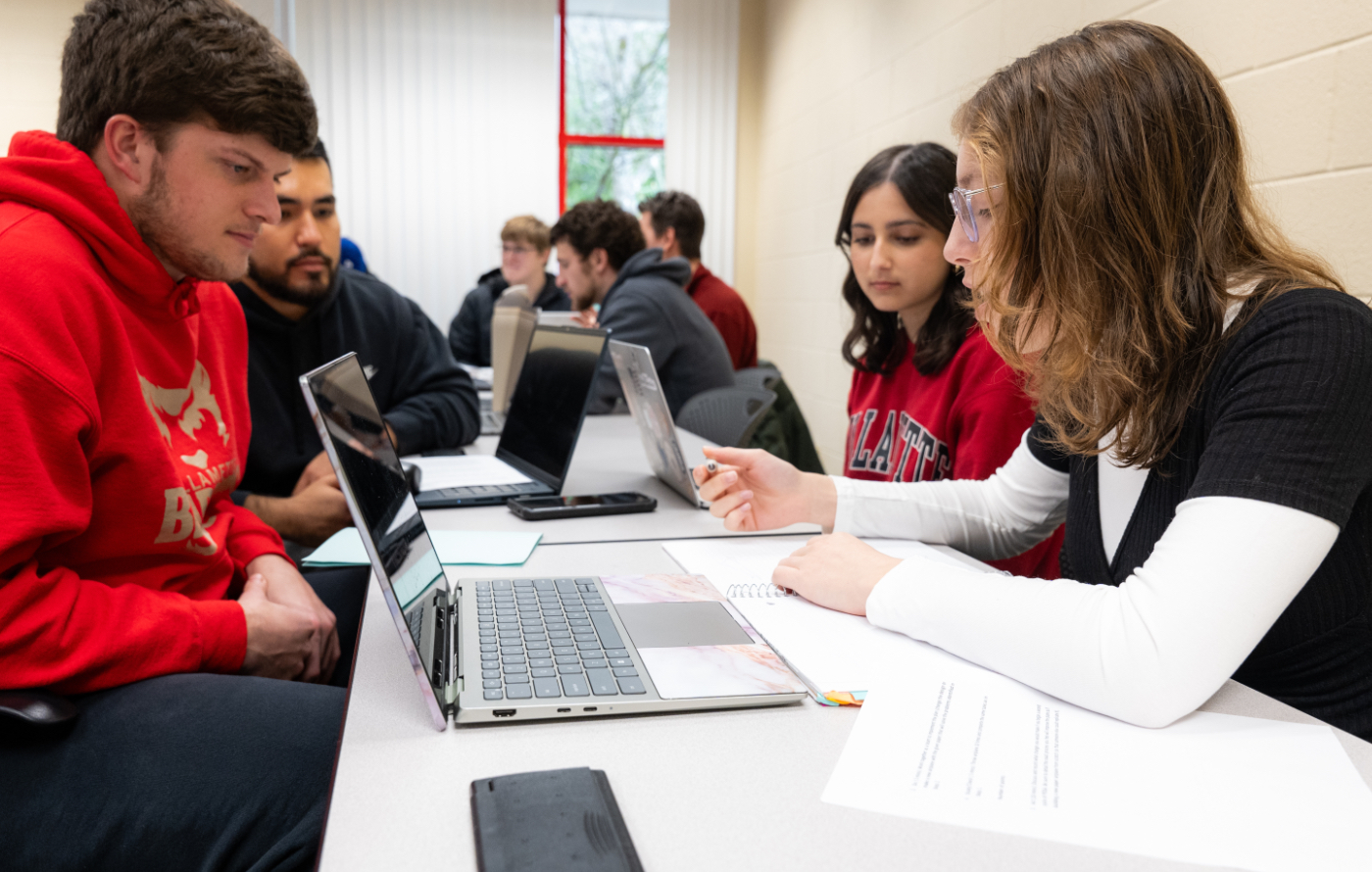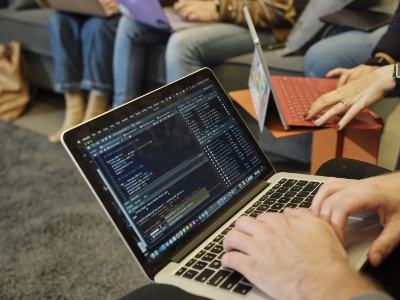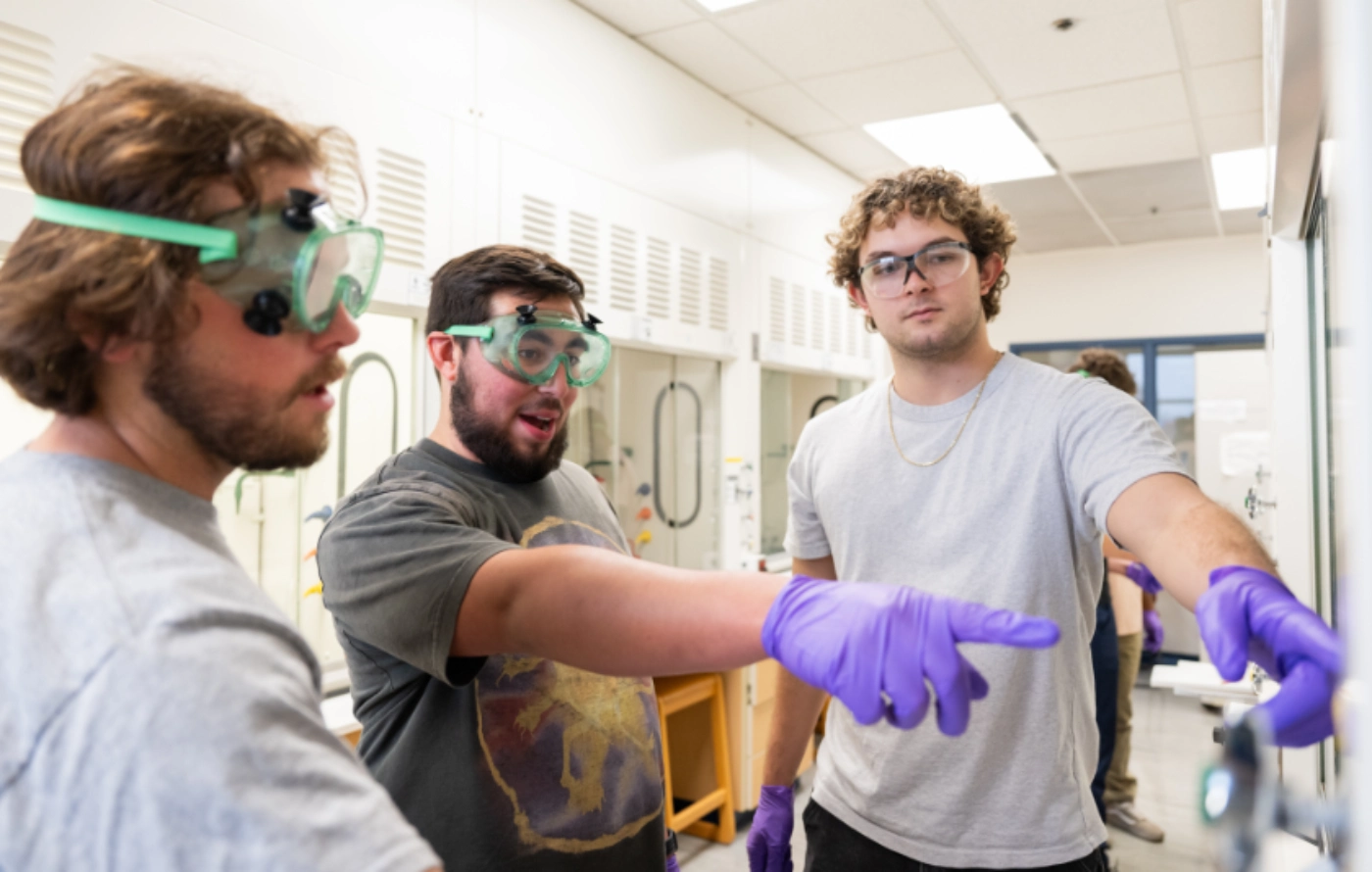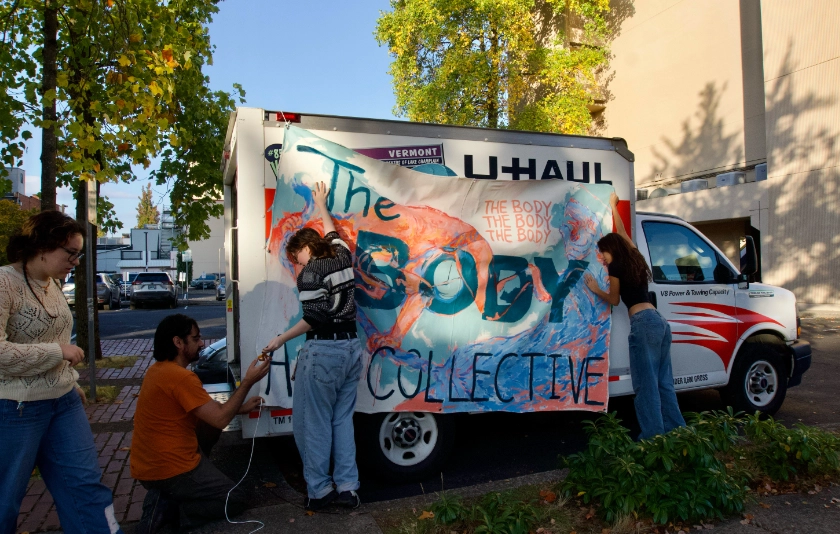As artificial intelligence reshapes education’s landscape, Willamette University faculty are not just adapting to AI’s disruptive potential, but harnessing it to create deeper, more engaged learning experiences.
Faculty members from across Willamette’s five schools shared their approach to AI in the classroom and how they are preparing students for a world where these technologies are no longer optional, but essential tools to master.
Law: Using AI for legal research without sacrificing accuracy
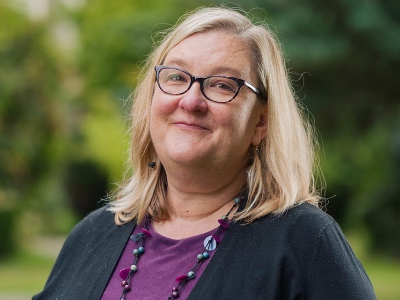
Associate Professor of Law and Director of the Law Library Stephanie Davidson trains her students to recognize the limitations of Large Language Models like Chat-GPT. In one class, students complete an assignment by hand and then give the same assignment to the AI model to complete.
The mistakes Chat-GPT makes often surprise students. “At first, the students like the structure and the professionalism of the Chat-GPT version,” Davison says. “But then they'll realize it missed a whole important piece of what that law requires, or that it got the actual legal question wrong, or that it used a different state's law.”
As future lawyers, the stakes are high. “It’s their future law license on the line,” Davidson says. “Our students are the ones who have to decide whether something is authoritative, precise, and accurate.”
Art & Design: AI as a creative partner for artists
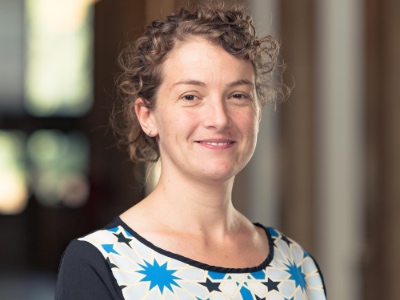
It’s 3 a.m. and a student needs help moving forward with a project. For Kate McCallum, a liberal arts faculty member at PNCA, AI might be a helpful partner for that student.
“AI tools have this really wonderful capacity to be a kind of mirror. A well-informed — albeit inexperienced and sometimes unreliable — mirror to the idea that we’re throwing at it,” McCallum says.
McCallum works with her students to develop skills interacting with AI and avoid passively consuming AI outputs. They learn to challenge the technology, to refine their prompts, press for better answers and to extract meaningful feedback. This digital dialogue transforms AI from a novelty into a creative ally–one that’s available long after office hours have ended and studios have emptied for the night.
Humanities: Thinking critically about AI-human interaction
What happens when an AI model crosses the line from “cool” to “creepy?” Can AI be truly funny? How do humans co-exist with these technologies?
These are some of the questions students are exploring in the Technology and Society course with Professor of Global Cultural Studies Peter Wogan. Wogan teaches his students to use social science research methods to study how humans interact with AI tools through the lenses of race, gender, trust, bias, and even humor.
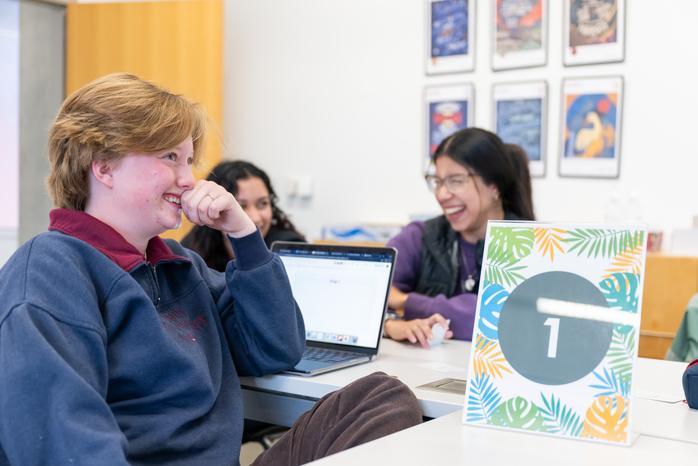
“Through actual interactions with AI, survey data, and interviews, students are critiquing and going beyond the texts and academic theories they’ve been reading,” Wogan says.
By studying these complex interactions between people and AI systems, students reflect on their own relationships with technology. Critical thinking skills are more important than ever as AI systems become more powerful — further blurring the lines between human and machine.
Management: Managing AI before AI manages you

Robert Walker, Associate Professor of Quantitative Methods at the Atkinson Graduate School of Management, approaches AI as a statistician with full recognition of its limitations.
“As long as we’re asking AI to provide us with information, there’s some probability distribution over whether that information is true or false,” Walker says.
With that sense of caution, he urges future managers to think carefully about how they incorporate AI into decision-making. Walker says that managers have to maintain a sense of human accountability when using AI to shape decisions about the people or organizations they manage.
Exercise & Health Science: High-impact teaching in the age of AI
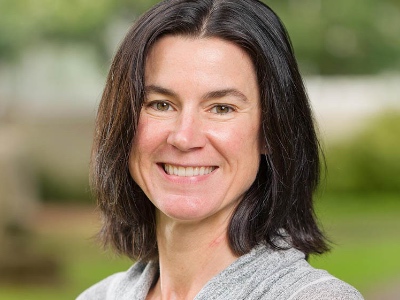
For Associate Professor of Exercise and Health Science Brandi Row Lazzarini, Willamette is the perfect place to help students learn how to use AI responsibly. As AI makes it more challenging to evaluate student learning, faculty need to find creative, hands-on ways to ensure student success.
“Now more than ever, we need to be using the high-touch teaching that we promote here at Willamette to be sure that each individual human student in our classroom is gaining proficiency in the skills and in the content knowledge that we're aiming for,” Row Lazzarini says. “When they go out in the world, our students will know when and how to involve AI in their work for maximum productivity and efficiency and minimum threat to the integrity of their work.”
Lazzarini uses these approaches in a class called “Artificial Intelligence Applications in Exercise and Health Science” and will be teaching a first-year seminar on generative AI and learning in the fall.
Computer Science: making the technical accessible with AI
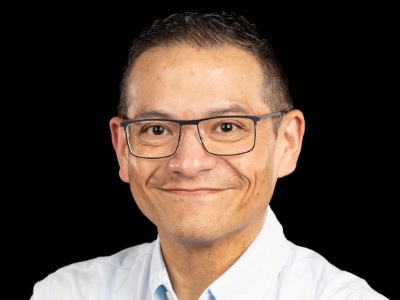
Assistant Professor of Computer Science Lucas Cordova sees AI as a tool to help practice communicating complex technical concepts. In his capstone course, for example, Cordova has students work with the model to practice for job interviews.
“We’re computing at a level that our audiences might not be able to ingest,” Cordova says. “Practicing with the AI can help students communicate their ideas more clearly and effectively.”
Cordova is also using AI in his research to better understand student learning. He plans to deploy an AI model in the classroom to collect data on how effectively students are completing their learning outcomes.
The future of AI and education
The AI landscape is constantly changing, and these tools have the potential to cause a variety of challenges in the classroom — from assessing student learning to navigating intellectual property in the creative professions. However, Willamette faculty and students are developing innovative approaches to embrace the opportunities that these tools offer.
With guidance, practice, and critical thinking skills, Willamette students will leave the classroom ready to use AI effectively — and responsibly.
“They’re amazingly powerful tools for allowing us to do deeper and more interesting things as a university,” Walker says. “But we have to learn how to manage them.”
